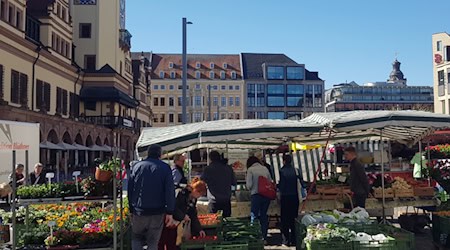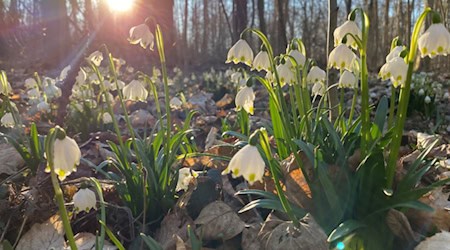The city of Görlitz has submitted an application for federal funding for the climate adaptation of Wilhelmsplatz. The project is part of the federal program "Adaptation of urban spaces to climate change", which promotes innovative measures for climate adaptation in cities. Specifically, the project involves the implementation of a system for rainwater utilization and evaporative cooling as well as plant irrigation, which is to be funded with 3.3 million euros. The feasibility study in addition is compiled by the Görlitzer office IBOS to December 2023.
The reorganization of the William place is to follow thereby to a large extent the existing organization. Planned is, among other things, a larger water feature on the west side of the square and the preservation of old, still vital trees. The space situation at Wilhelmsplatz will make it possible to preserve old, still vital trees. Therefore, only individual felling will be necessary with the new planting and will affect severely deteriorated, damaged old trees. However, the senescent junipers and some of the conifers will have to be replaced. The surface parking areas will also change: Cars have taken over tree locations, especially the outside row, for decades. With new planting, reduction is inevitable. However, the right site preparation will allow parking between trees, similar to what is now planned at Elisabethplatz.
The funding program runs until 2025, but an extension until 2027 is being sought to implement the entire project. The city of Görlitz must now submit the necessary documents, including a decision in principle by the city council and proof of funding. Once these documents are received, a funding decision will be issued, probably in the fall of 2023. The goal of the federal program "Adaptation of Urban Spaces to Climate Change" is to promote innovative climate adaptation measures in cities. Many projects have to do with public green spaces and the positive effects of vegetation on everyday life. Greenery needs time to develop. "Climate trees," for example, that provide shade today were planted at least 25 years ago. The implementation of such measures is red-hot in the face of noticeable climate change and long droughts.










